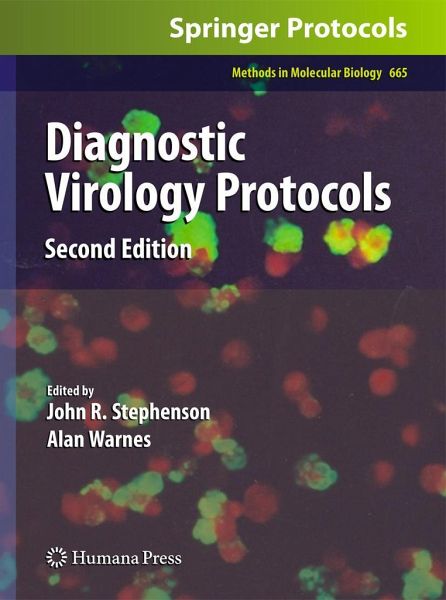
Diagnostic Virology Protocols

PAYBACK Punkte
58 °P sammeln!
Recent outbreaks of swine influenza and avian influenza, along with the remaining and in some cases expanding threats from HIV, dengue virus, and the viruses causing hepatitis, have reinforced the need for rapid, accurate and cost-effective diagnosis of viral disease. Diagnostic Virology Protocols, Second Edition brings the field fully up-to-date with a focus on protocols involving nucleic acid detection, most often through some form of the polymerase chain reaction (PCR). The expert contributors also delve into the key technology of robotics as well as future prospects, such as further refined point-of-care testing and the increasing importance of mathematical modelling. Written in the highly successful Methods in Molecular Biology(TM) series format, chapters include brief introductions to their respective topics, lists of the necessary materials and reagents, step-by-step, readily reproducible laboratory protocols, and tips on troubleshooting and avoiding known pitfalls.
Authoritative and cutting-edge, Diagnostic Virology Protocols, Second Edition captures the dramatic changes in the virus diagnostic laboratory in order to better prepare scientists to combat the inevitable threats to public health from future and present infectious diseases.
Authoritative and cutting-edge, Diagnostic Virology Protocols, Second Edition captures the dramatic changes in the virus diagnostic laboratory in order to better prepare scientists to combat the inevitable threats to public health from future and present infectious diseases.












